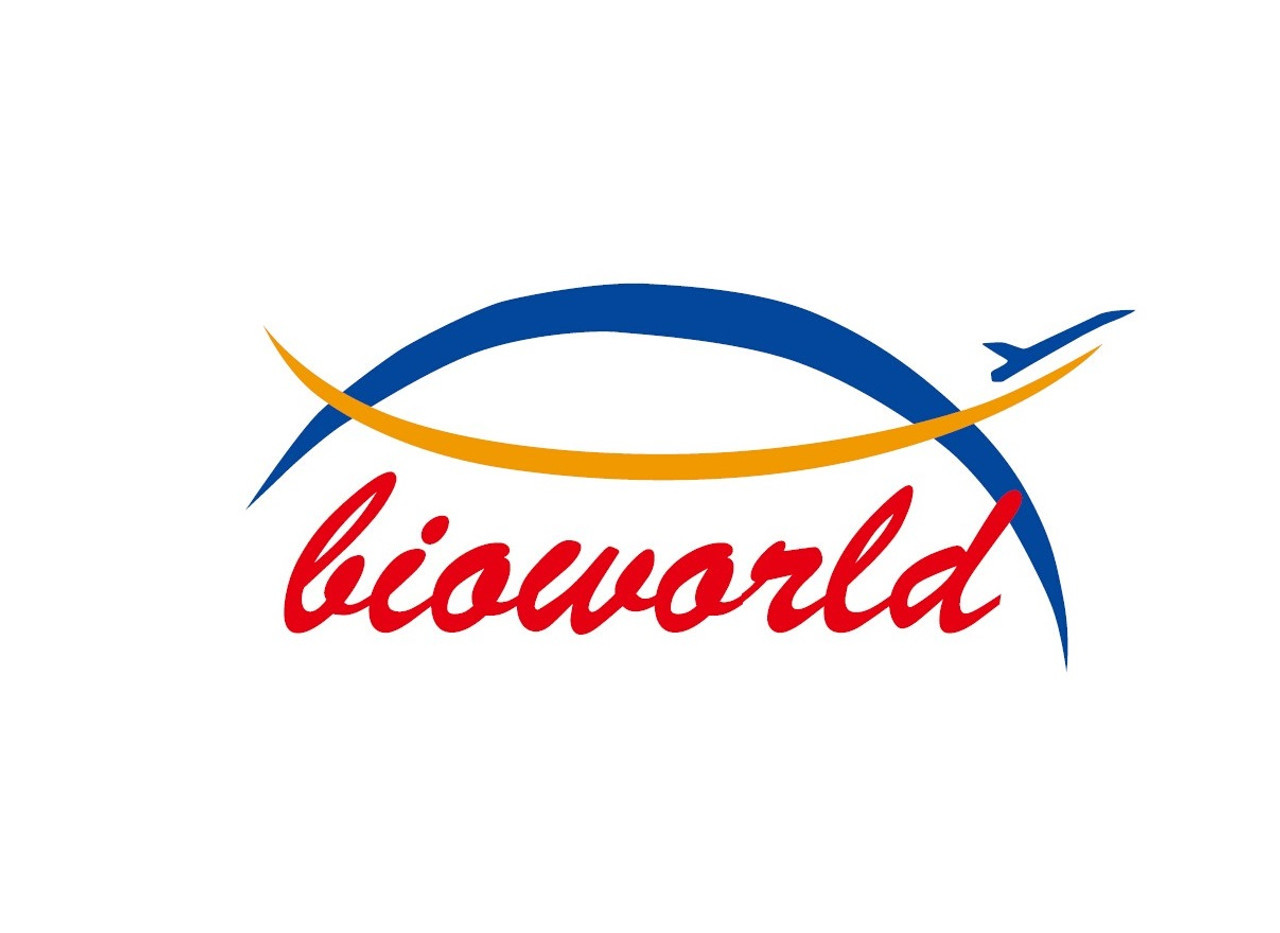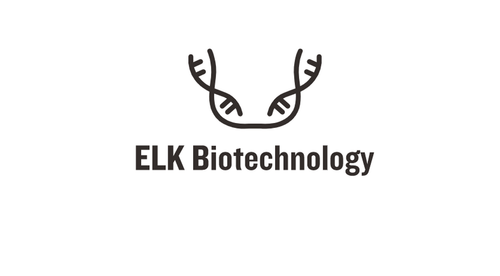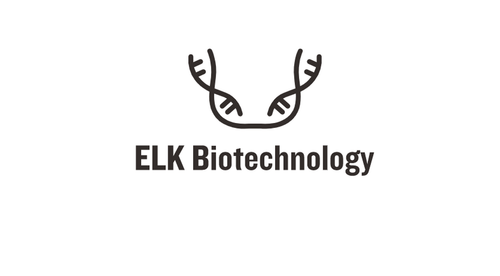Product Description
IκB-β (T19) polyclonal Antibody | AP0644 | Bioworld
Host: Rabbit
Reactivity: Human,Rat,Mouse
Application: WB IF IHC
Application Range: WB: 1:1000~1:2000 IHC: 1:50~1:200 IF: 1:50~1:200
Background: The NF-κB/Rel transcription factors are present in the cytosol in an inactive state complexed with the inhibitory IκB proteins. Activation occurs via phosphorylation of IκBα at Ser32 and Ser36 followed by proteasome-mediated degradation that results in the release and nuclear translocation of active NF-κB. IκBα phosphorylation and resulting Rel-dependent transcription are activated by a highly diverse group of extracellular signals including inflammatory cytokines, growth factors, and chemokines. Kinases that phosphorylate IκB at these activating sites have been identified. The regulation of IκBβ and IκBε is similar to that of IκBα. However, the phosphorylation and ubiquitin-mediated degradation of these proteins occurs with much slower kinetics. IKK phosphorylation of IκBβ occurs at Ser19 and Ser23, while IκBε can be phosphorylated at Ser18 and Ser22.
Storage & Stability: Store at 4°C short term. Aliquot and store at -20°C long term. Avoid freeze-thaw cycles.
Specificity: IκB-β (T19) polyclonal Antibody detects endogenous levels of IκB-β protein.
Molecular Weight: ~ 52 kDa
Note: For research use only, not for use in diagnostic procedure.
Alternative Names: NF-kappa-B inhibitor beta; NF-kappa-BIB; I-kappa-B-beta; IkB-B; IkB-beta; IkappaBbeta; Thyroid receptor-interacting protein 9; TR-interacting protein 9; TRIP-9
Immunogen: Synthetic peptide, corresponding to Human IκB-β.
Conjugate: Unconjugated
Modification: Unmodification
Purification & Purity: The Antibody was affinity-purified from rabbit antiserum by affinity-chromatography using epitope-specific immunogen and the purity is > 95% (by SDS-PAGE) .
Pathway: Phosphoinosotode Signaling,PI3K AKT signaling,Protein Kinase C Signaling,Immune Cell Signaling,Warburg Effect,Translational Contral elF4 and p70 S6 Kinase,Regulation of Microtubule Dynamics,T cell receptor signaling,Inhibition of Apoptosis,Insulin &Glucose Signaling,Cell Cycle Control G1 S Checkpoint,Adherens Junction signaling,Mitochondrial Control of Apoptosis,MTOR signaling,ErbB HER Signaling,
 Euro
Euro
 USD
USD
 British Pound
British Pound
 NULL
NULL








